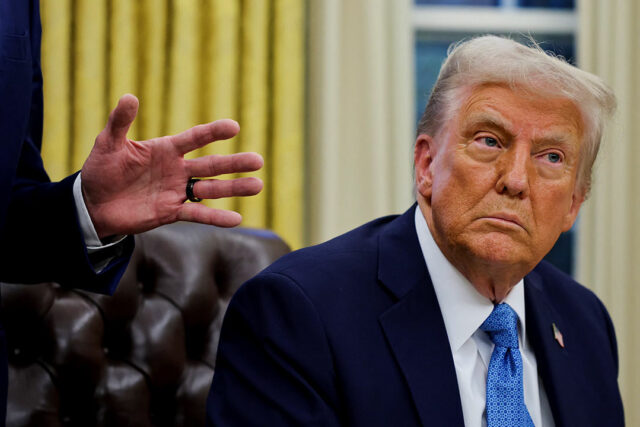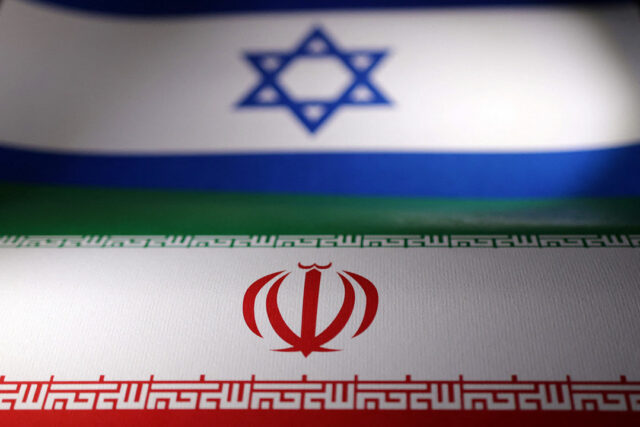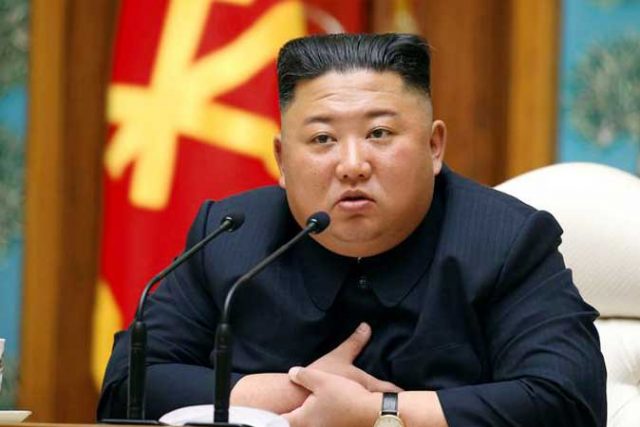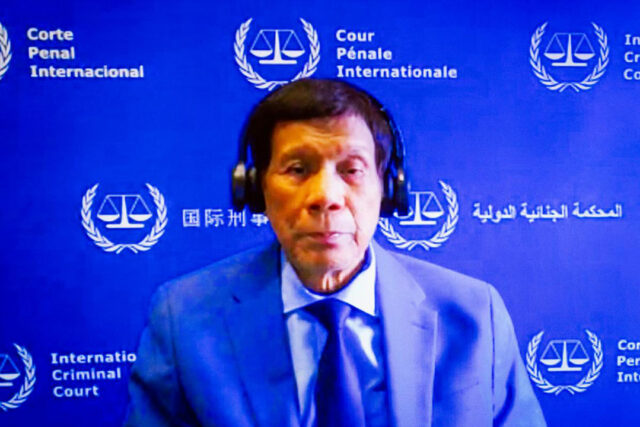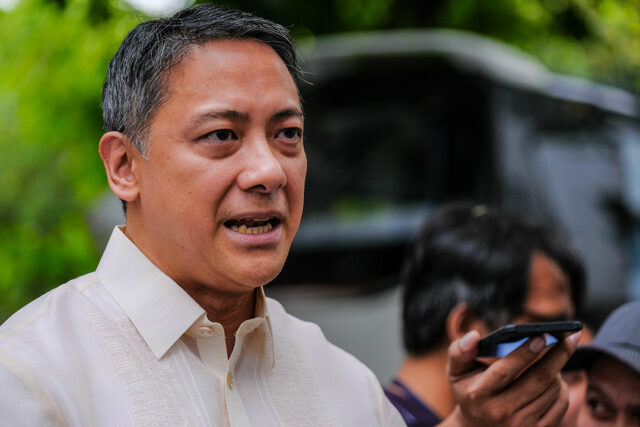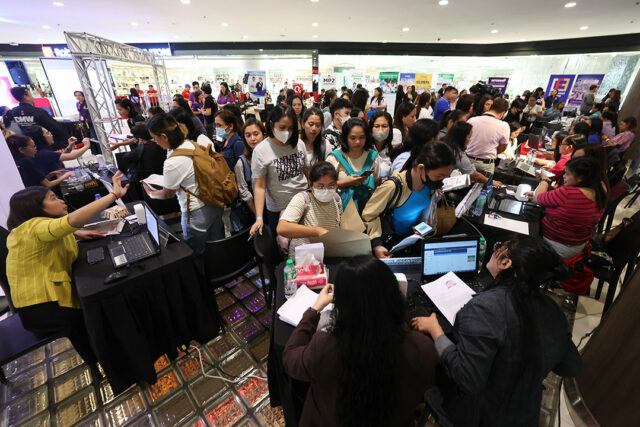Oil soars more than 9% after Israel strikes Iran, rattling investors

Oil prices surged more than 9% on Friday, hitting their highest in almost five months after Israel struck Iran, dramatically escalating tensions in the Middle East and raising worries about disrupted oil supplies.
Brent crude futures LCOc1 jumped $6.29, or 9.07%, to $75.65 a barrel by 0315 GMT after hitting an intraday high of $78.50, the highest since January 27. U.S. West Texas Intermediate crude CLc1 was up $6.43, or 9.45%, at $74.47 a barrel after hitting a high of $77.62, the loftiest since January 21.
Friday’s gains were the largest intraday moves for both contracts since 2022 after Russia invaded Ukraine, causing energy prices to spike.
Israel said it targeted Iran’s nuclear facilities, ballistic missile factories and military commanders on Friday at the start of what it warned would be a prolonged operation to prevent Tehran from building an atomic weapon.
“This has elevated geopolitical uncertainty significantly and requires the oil market to price in a larger risk premium for any potential supply disruptions,” ING analysts led by Warren Patterson said in a note.
Several oil traders in Singapore said it was still too early to say if the strike will affect Middle East oil shipments as it will depend on how Iran retaliates and if the U.S. will intervene.
“It’s too early to tell but I think the market is worried about shutting off of the Strait of Hormuz,” one of the traders said.
MST Marquee senior energy analyst Saul Kavonic said the conflict would need to escalate to the point of Iranian retaliation on oil infrastructure in the region before oil supply is materially impacted.
He added that Iran could hinder up to 20 million barrels per day of oil supply via attacks on infrastructure or limiting passage through the Strait of Hormuz, in an extreme scenario.
Iran’s Supreme Leader Ayatollah Ali Khamenei said Israel will receive “harsh punishment” following Friday’s attack that he said killed several military commanders.
U.S. Secretary of State Marco Rubio on Thursday called Israel’s strikes against Iran a “unilateral action” and said Washington was not involved while also urging Tehran not to target U.S. interests or personnel in the region.
“Iran has announced an emergency and is preparing to retaliate, which raises the risk of not just disruptions but of contagion in other neighboring oil producing nations too,” said Priyanka Sachdeva, senior market analyst at Phillip Nova.
“Although Trump has shown reluctance to participate, U.S. involvement could further raise concerns.”
In other markets, stocks dived in early Asian trade, led by a selloff in U.S. futures, while investors scurried to safe havens such as gold and the Swiss franc. – Reuters



